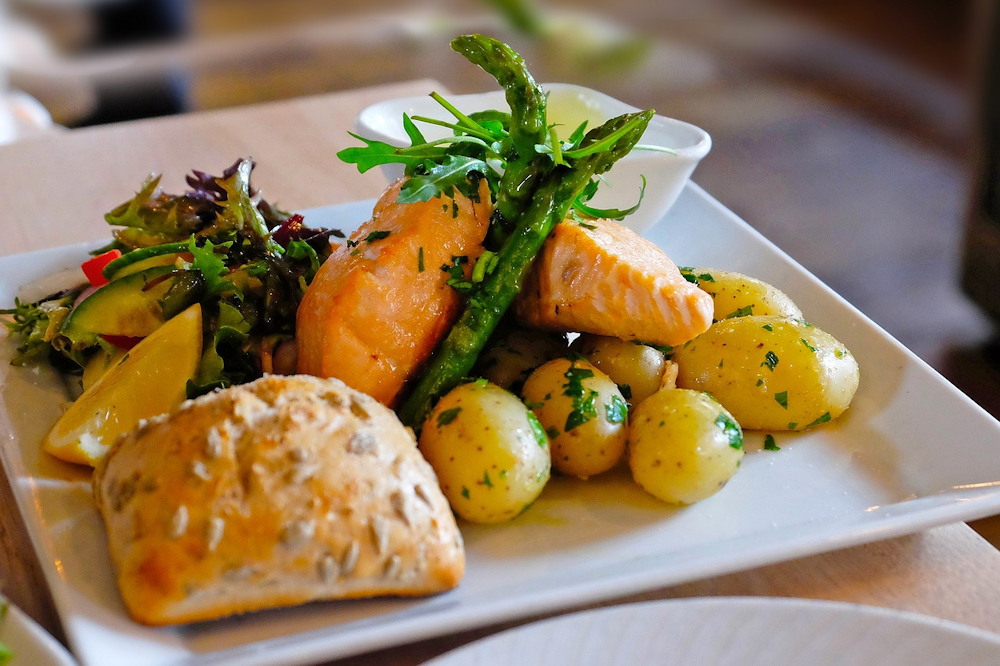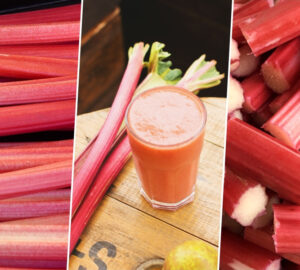As winter blankets the landscape, our dietary choices play a crucial role in maintaining optimal health and well-being. One humble yet versatile vegetable that deserves a spotlight during this season is the potato. Packed with essential nutrients and offering a myriad of culinary possibilities, potato proves to be a winter superfood. Let’s explore the nutritional benefits, optimal preparation methods and intriguing facts about this starchy delight.

Nutritional Powerhouse
Potatoes are a nutritional powerhouse, providing a rich source of complex carbohydrates, dietary fiber and an array of essential vitamins and minerals. One medium-sized potato contains approximately 110 calories and is virtually fat-free, making it an excellent choice for those looking to maintain a healthy weight during the winter months.
Notably, potatoes are a significant source of vitamin C, a crucial antioxidant that supports the immune system. Consuming potatoes in winter can thus help fortify the body against seasonal illnesses, ensuring a robust defense mechanism during the colder months.
Furthermore, potatoes are a good source of potassium, an essential mineral that aids in maintaining proper blood pressure levels. This is particularly important in winter when colder temperatures can impact blood circulation.

Optimal Preparation for Maximum Nutrient Retention
To harness the full spectrum of nutrients potatoes offer, it’s crucial to adopt cooking methods that preserve their integrity. While it’s tempting to indulge in fried or heavily processed potato dishes, these methods can strip away valuable nutrients. Instead, opt for healthier alternatives like baking, boiling or steaming.
When preparing potatoes, leave the skin on whenever possible. The skin contains a significant portion of the potato’s fiber content and is rich in antioxidants. Scrub the potatoes thoroughly to remove dirt, and then enjoy them with the skin to maximize nutritional benefits.

Additionally, pairing potatoes with other nutrient-rich foods, such as vegetables or lean proteins, can enhance the overall nutritional value of your winter meals. Create colorful and hearty dishes that not only satisfy your taste buds but also provide a wholesome balance of essential nutrients.

Fascinating Facts about Potatoes
- Originating in South America, potatoes were first cultivated by the Incas over 7,000 years ago. They were later introduced to Europe in the 16th century by Spanish explorers.
- The potato is the fourth-largest food crop globally, following rice, wheat and corn. Its versatility and adaptability to various climates contribute to its widespread cultivation.
- Potatoes were the first vegetable to be grown in space. In 1995, potato plants were successfully cultivated on the space shuttle Columbia.
- The world record for the largest potato ever grown weighs in at a whopping 11 pounds, 5 ounces (5.13 kilograms). Imagine the size of the fries you could make with that!
- Contrary to popular belief, potatoes are gluten-free, making them an excellent choice for those with gluten sensitivities or celiac disease.
- The potato played a crucial role in preventing famines in Europe during the 18th century. Farmers began cultivating potatoes as a reliable and high-yielding crop, leading to increased food security.

Incorporating potatoes into your winter diet not only provides a comforting and filling culinary experience but also delivers a host of essential nutrients. By adopting healthy cooking methods and appreciating the versatility of this humble vegetable, you can create wholesome meals that contribute to your overall well-being. So, as the snow falls and temperatures drop, embrace the nutritional benefits of potatoes and savor the goodness they bring to your winter table.









